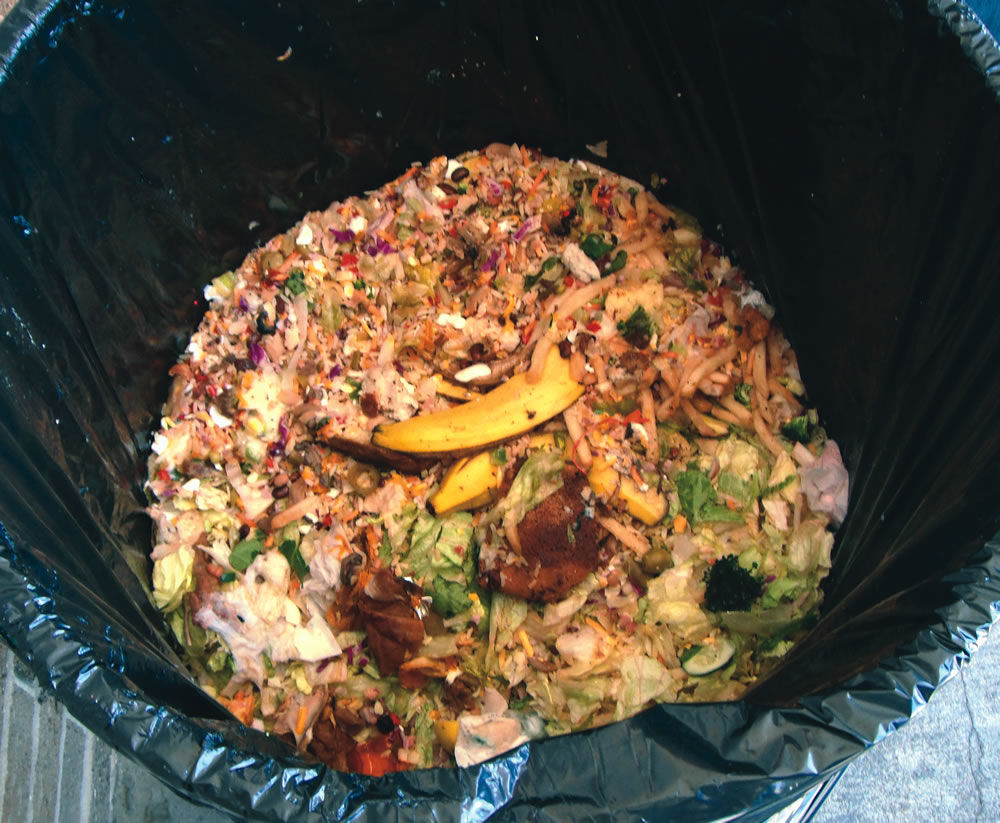A variety of indicators point to 2012 being a good year for composting, renewable energy and sustainability. Let’s start with what you will find as you read this issue of BioCycle:
p. 23: BioCycle nationwide survey of residential food waste collection in the U.S. reports that the number of communities with curbside programs has grown by over 50 percent since 2009.
p. 37: Mike Virga, the new Executive Director of the U.S. Composting Council (USCC), outlines plans to strategically partner with other associations in Washington, D.C., to build political clout — starting with the 2012 Farm Bill reauthorization. The USCC also is moving ahead (see page 38) with North American Industry Classification System (NAICS) recognition and establishing a stand-alone code for composting. “This undertaking will provide robust statistical data on performance that will help achieve support both in the marketplace and in the policy arena,” says Virga.
p. 52: Community Sustainability feature, “Mississippi Gulf Coast Advances Sustainability Plan,” discusses the food system component of a very comprehensive project that is likely to change how resources are managed in the region. We were blown away by the level of detail in the plan (www.gulfcoastplan.org), including identification of “Lead Implementers” and funding sources.
pp. 60 and 61: Coincidentally, both of our monthly columnists, Sally Brown and Mark Jenner, wrote their columns on the increasing value of nutrients in treated organic residuals. Brown highlights depletion of mined sources of nutrients such as phosphorus as being a factor in the increasing value of organic soil amendments and fertilizers. Jenner focuses more on recent Economic Census data on fertilizer manufacturing and sales, which show rising prices for nutrients. “These increasing prices are good economic news for producers of organic nutrients, such as compost and anaerobic digester operators,” he says.
For the past two months, we also have been developing the agenda, workshops and tours for BioCycle’s 26th Annual West Coast Conference, April 16-19, 2012, in Portland, Oregon (see Program Preview on pp. 16-17). In conversation after conversation with representatives from municipal, state and federal agencies, nonprofit advocacy groups, universities, project developers and operators and others, the 2012 “momentum indicators” are off the chart! Portland, Oregon recently rolled out citywide weekly curbside collection of residential organics, and only offers biweekly trash collection. USEPA Region 10 has initiatives related to sustainable food systems, anaerobic digestion and bioenergy. The Oregon Department of Environmental Quality adopted new composting regulations that are accelerating investment in infrastructure for source separated organics diversion, primarily food waste streams. Numerous anaerobic digester facilities are in construction or just starting up throughout the region. And that’s just a small sampling of the activity.
Finally, starting with this January 2012 issue, the name of Sally Brown’s column has been changed to “Connections” to reflect what is happening in the “BioCycle World.” What will really contribute to momentum building in 2012, and over the years to come, is recognition of the connections that composting, organics recycling, anaerobic digestion and renewable energy — and their high value by-products — have to local, regional, national and global sustainability. Our challenge, and thus our opportunity, is to educate and teach others within and beyond the “BioCycle World” about these invaluable, and solution-providing, Connections.
January 12, 2012 | General










